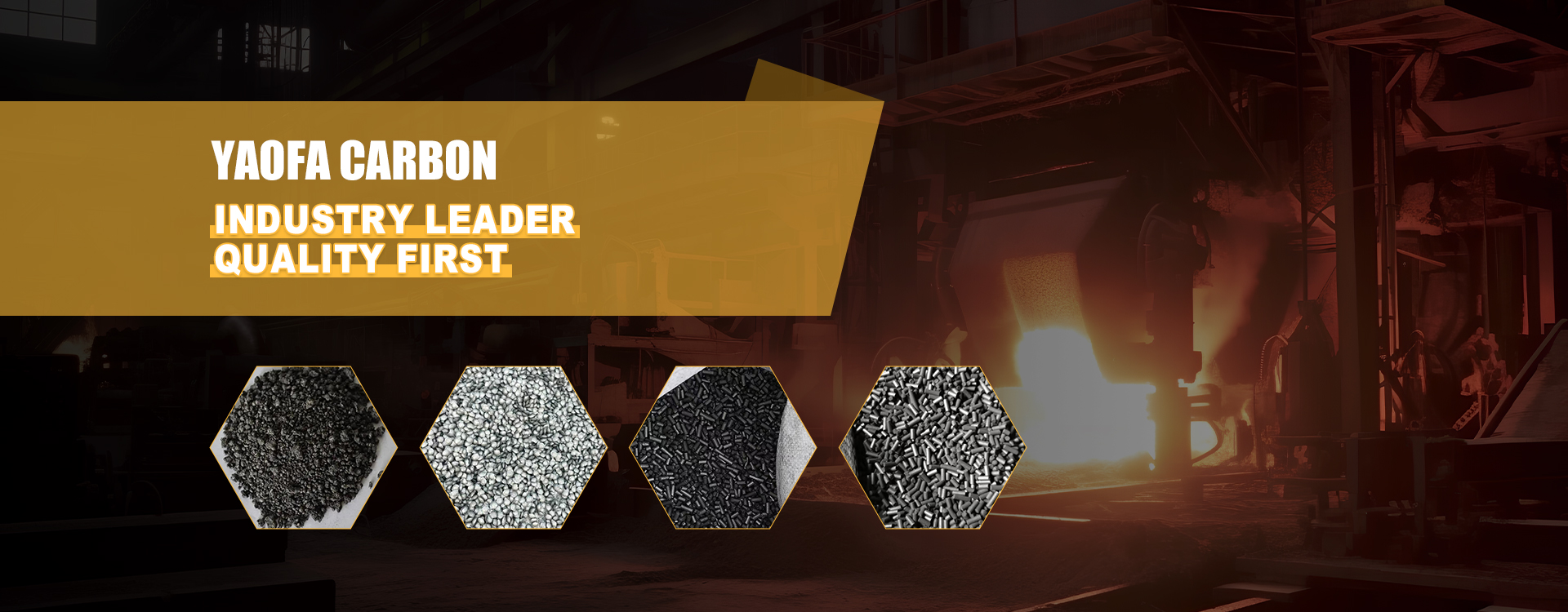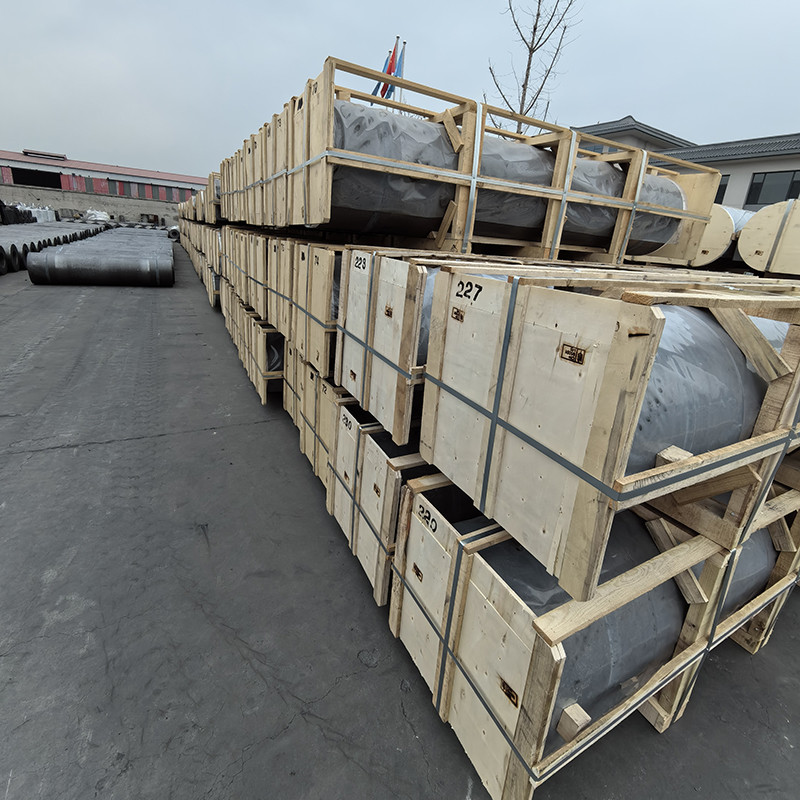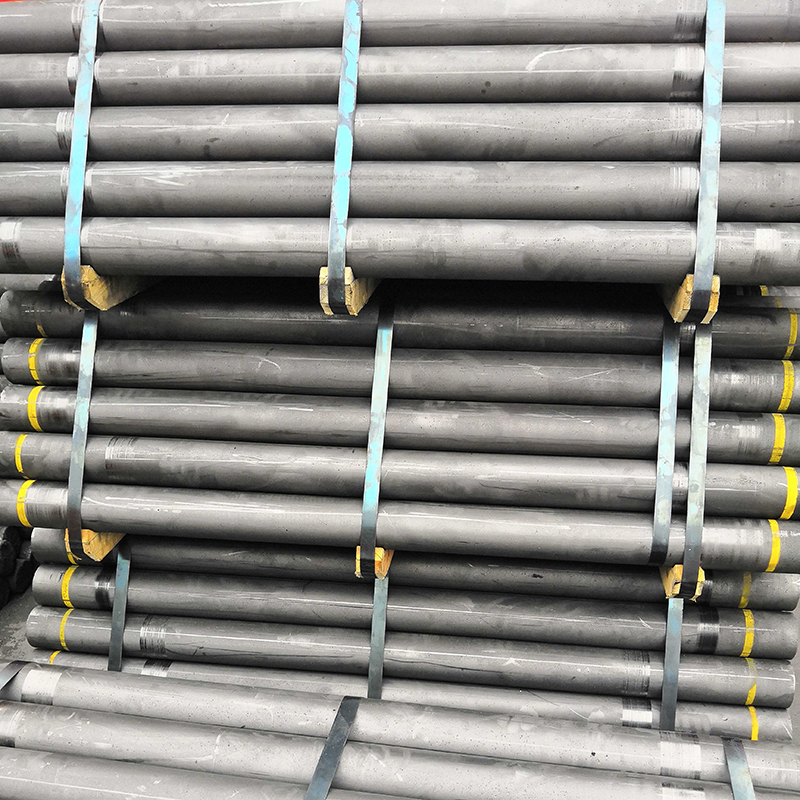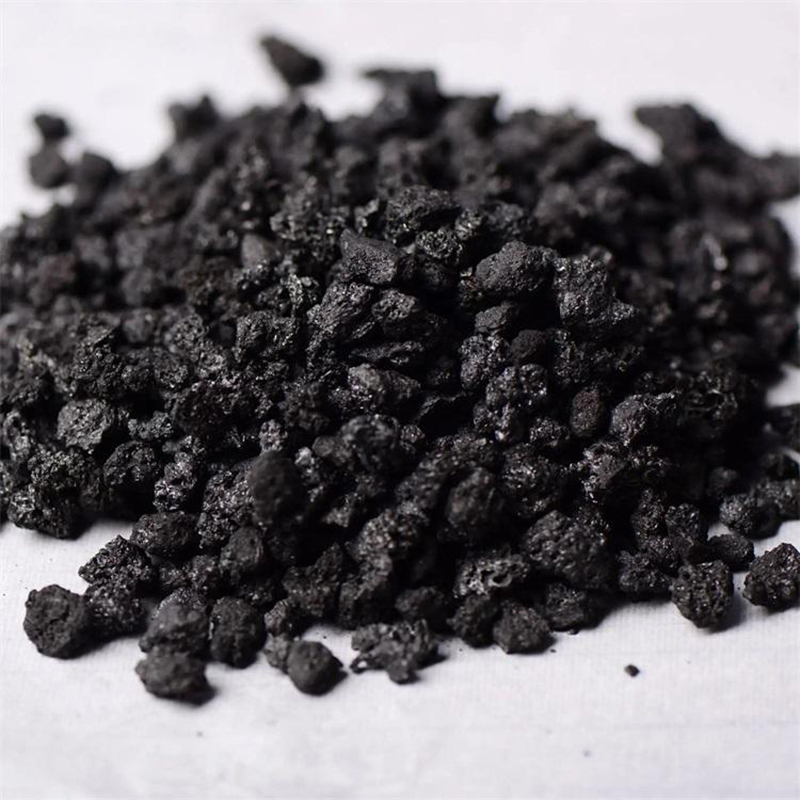- Chinese
- French
- German
- Portuguese
- Spanish
- Russian
- Japanese
- Korean
- Arabic
- Irish
- Greek
- Turkish
- Italian
- Danish
- Romanian
- Indonesian
- Czech
- Afrikaans
- Swedish
- Polish
- Basque
- Catalan
- Esperanto
- Hindi
- Lao
- Albanian
- Amharic
- Armenian
- Azerbaijani
- Belarusian
- Bengali
- Bosnian
- Bulgarian
- Cebuano
- Chichewa
- Corsican
- Croatian
- Dutch
- Estonian
- Filipino
- Finnish
- Frisian
- Galician
- Georgian
- Gujarati
- Haitian
- Hausa
- Hawaiian
- Hebrew
- Hmong
- Hungarian
- Icelandic
- Igbo
- Javanese
- Kannada
- Kazakh
- Khmer
- Kurdish
- Kyrgyz
- Latin
- Latvian
- Lithuanian
- Luxembou..
- Macedonian
- Malagasy
- Malay
- Malayalam
- Maltese
- Maori
- Marathi
- Mongolian
- Burmese
- Nepali
- Norwegian
- Pashto
- Persian
- Punjabi
- Serbian
- Sesotho
- Sinhala
- Slovak
- Slovenian
- Somali
- Samoan
- Scots Gaelic
- Shona
- Sindhi
- Sundanese
- Swahili
- Tajik
- Tamil
- Telugu
- Thai
- Ukrainian
- Urdu
- Uzbek
- Vietnamese
- Welsh
- Xhosa
- Yiddish
- Yoruba
- Zulu
- Kinyarwanda
- Tatar
- Oriya
- Turkmen
- Uyghur

Graphite electrode blank
The Unseen World of Graphite Electrode Blanks
Graphite electrode blanks might not be the first thing on everyone's mind, but in industries reliant on steel production, they are integral. Their role stretches beyond simple components, entering a realm where precision and material quality are paramount. This isn't your average material; it's the backbone of electric arc furnace operations.
Understanding the Raw Material
When we talk about graphite electrode blanks, we delve into the heart of steel production. For many, the assumption exists that all graphite electrode blanks are created equal. However, this couldn't be further from the truth. The origin of the carbon material, the processing technique, and even the choice between needle coke and other filler materials delineate quality and performance.
From my experience at Hebei Yaofa Carbon Co., Ltd., which you can visit at yaofatansu.com, I've seen firsthand how these variables impact the final product. Hebei Yaofa, with over 20 years of expertise, tailors its manufacturing to suit various needs, whether it's a straightforward carbon additive or a nuanced UHP grade electrode.
The subtleties, like source impurity and granulation size, can dictate the electrode's conductivity and durability. Such factors often challenge inexperienced manufacturers, leading to inconsistencies that could halt production lines at critical moments.
The Production Process Nuances
Creating graphite electrode blanks isn't merely about adhering to a formula. Crafting the perfect blank involves an intricate dance of mixing, molding, and baking, followed by rigorous testing. Each step demands precision. I've observed numerous batches where slight deviations in the baking temperature altered conductivity, which in turn affected furnace efficiency.
It's not a one-size-fits-all scenario. Engineers often tweak parameters - from the binder pitch viscosity to the calcination duration - to achieve optimal electrical resistance and mechanical strength. At Hebei Yaofa Carbon, where precision is a mandate, these adjustments are routine, revealing the artistry hidden within the technical.
Insights often unfold unexpectedly—a discarded batch here, a reformulated binder there—each failure a lesson, each success a testament to persistent refinement. One notable instance involved resetting entire temperature profiles to counter anomalous calcination shrinkage.
Challenges and Missteps
The path to effective graphite electrode blanks is peppered with challenges. Supply chain fluctuations, for example, can dramatically affect raw material availability. During an unforeseen shortage, it’s not unusual for teams to scramble for alternative suppliers, sometimes sacrificing quality for continuity. This, however, often leads to problems down the line.
Technical mishaps, such as unexpected furnace malfunctions, call for quick thinking and improvisation. Once, during a routine production batch, a miscalibration almost led to an entire shipment of subpar electrodes. The resolution involved recalibrating machines, retraining staff, and implementing more rigorous checks.
But above all, the challenges underscore the need for collaboration across departments—from R&D to engineering, to quality control. Each misstep serves as a reminder of the intricacies involved in what many assume is a straightforward product.
Quality Control and Assurance
In an industry built on precision, quality control isn't just a box to tick—it's a continuous commitment. At Hebei Yaofa Carbon, the emphasis on QC ensures that each electrode blank meets stringent standards. However, achieving this isn't without its hiccups.
Regular audits and the introduction of advanced testing methodologies have highlighted areas for improvement. It's a mix of implementing technology, like ultrasonic testing, and hands-on inspections that catch potential issues early.
One case involved subtle visual defects that had eluded automated systems but were caught during manual checks, prompting a reevaluation of existing QC protocols. It underscored the value of human oversight in a technologically advancing environment.
Future Outlook
Looking ahead, the evolution of graphite electrode blanks will likely intersect with broader industry shifts. Sustainability efforts, in particular, will play a significant role. Hebei Yaofa Carbon is already exploring greener alternatives without compromising quality.
Emerging technologies might hold the key—perhaps enhanced material recycling or breakthroughs in material science could redefine the playing field. With the steel industry ever-evolving, so too must our approach to its core components.
Grasping the future, while learning from past tribulations, promises an exciting path for manufacturers and consumers alike—bringing clarity to what was once seen as an opaque aspect of industry.
Related products
Related products
Best selling products
Best selling productsRelated search
Related search- top digital signage solutions
- cheap digital signage
- Buy graphite disc electrode
- coal recarburizer factory
- Buy High power graphite electrode
- graphite plate for sale supplier
- graphite electrodes for steel making supplier
- black coal tar uses Manufacturer
- ooh media bus shelter
- graphite crucible in microwave supplier













